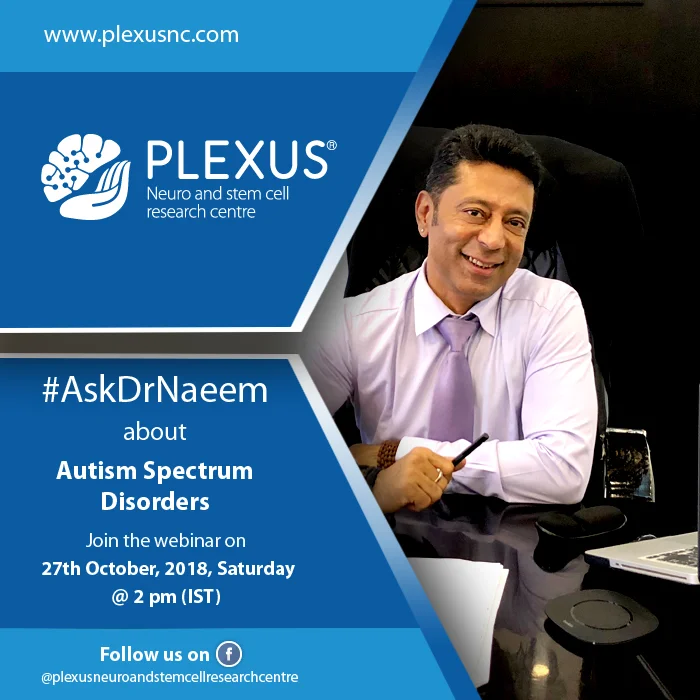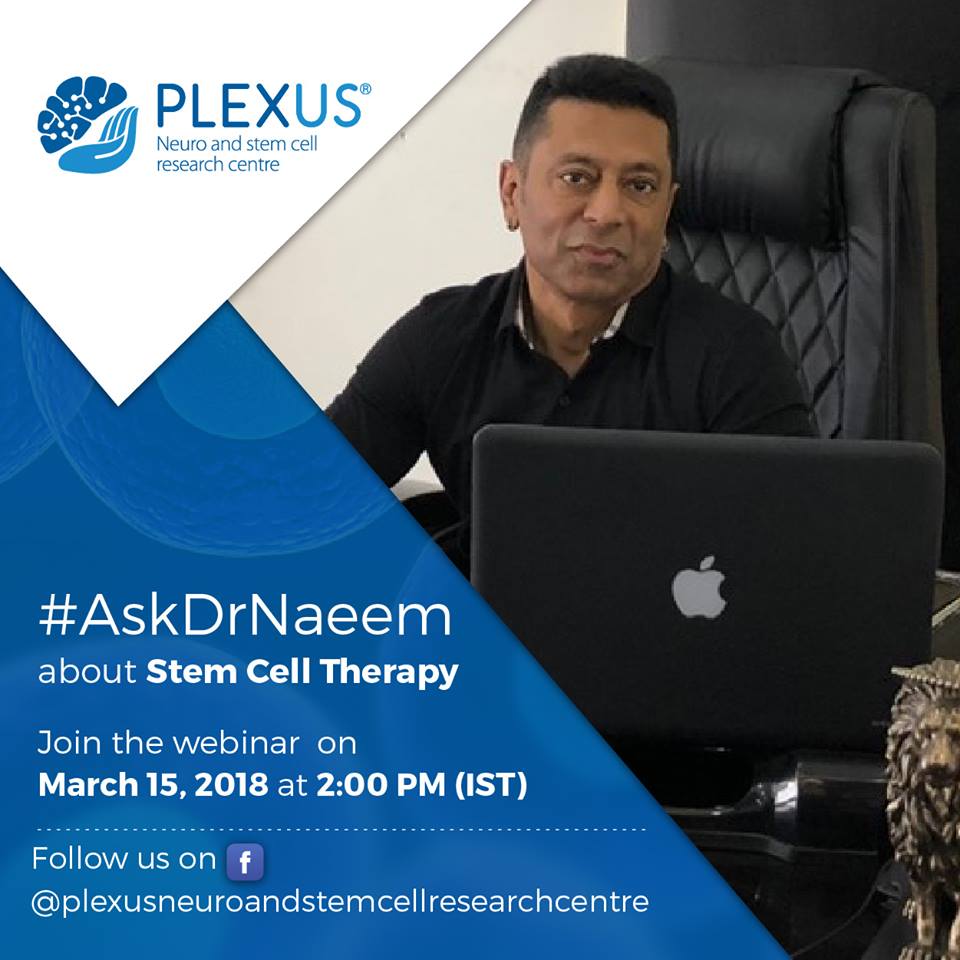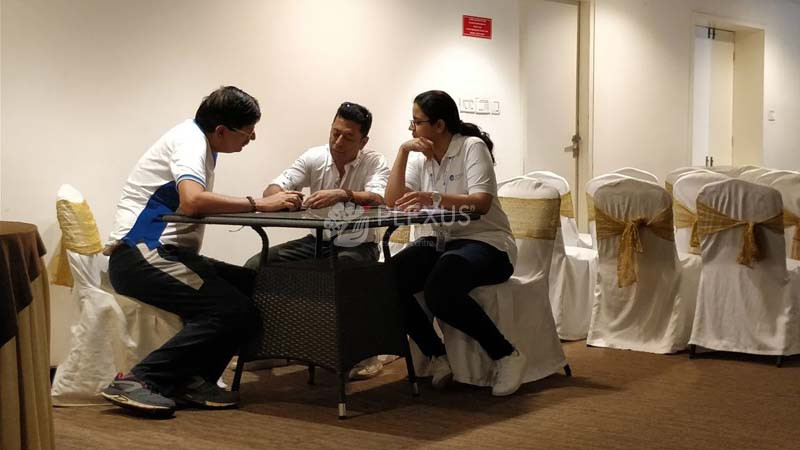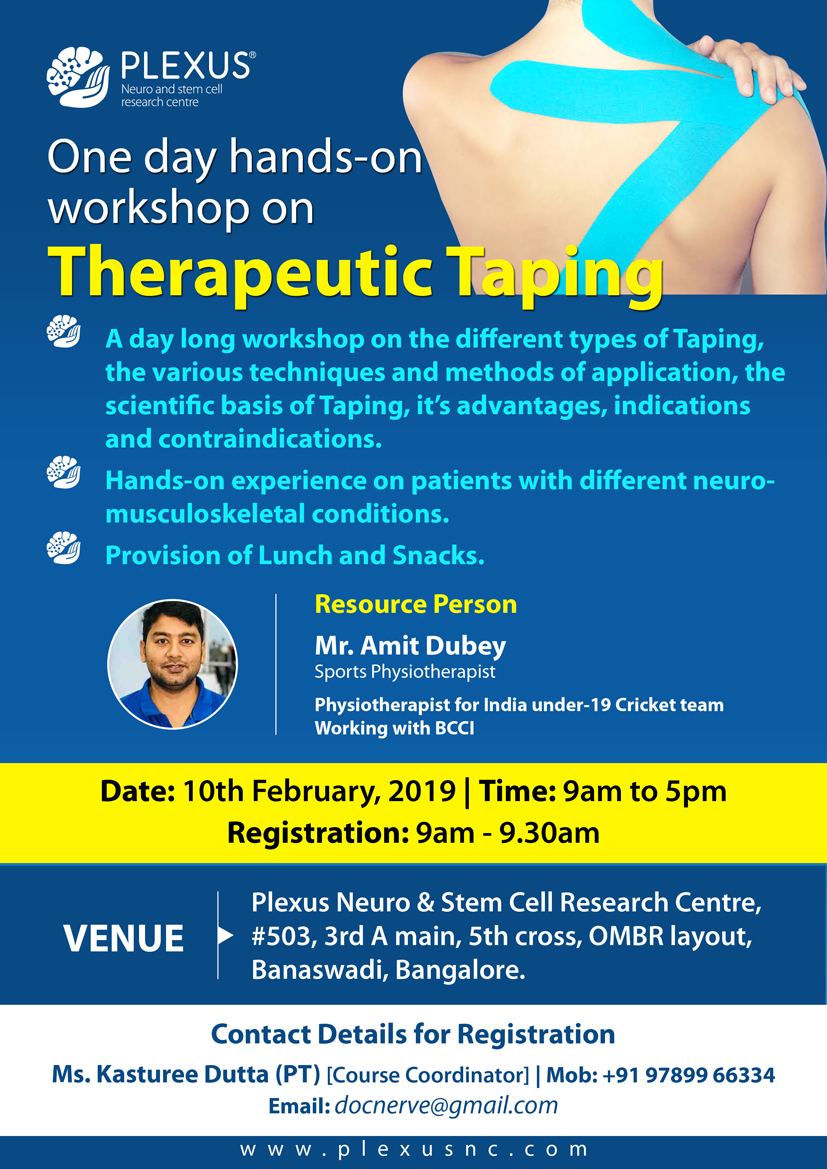
The spinal cord is a part of the vertebral column also known as the backbone of our body. A thin tubular bundle of 31 pairs of nerves, the spinal cord runs down from the base of the brain to the second lumbar vertebrae of the spinal column (mid back).
From the vertebral column the nerves branch out into the arms, legs, chest and abdomen. These nerves act as a communication channel and transmit messages from the brain to other parts of the body allowing movements of arms and legs, regulating functions of vital organs such as heart, lungs and bladder and also controlling numerous reflexes.
A spinal cord injury (SCI) damages the spinal cord nerves leading to physiological consequences to parts of the body controlled by nerves at and below the level of the injury. Depending on the site and severity of the injury the symptoms manifest. There may be respiratory or circulatory problems, bladder or bowel problems, sexual dysfunction, loss of sensation, loss of muscle function, paralysis of lower part of the body (paraplegia) and/or complete paralysis (quadriplegia).
SCI is a highly incapacitating medical condition and it is estimated that the severity of disability following SCI is nearly 72%1. On a brighter note, in recent years there have been many advancements in the treatment of spinal cord injury, and researchers have raised their hopes for better management of the condition.
One of the most promising treatment for SCI is Cell therapy. It is the only treatment which has a potential to reverse the damage caused to the spinal cord. All other treatments focus on preventing further injury and enabling patients to return to an active and productive life.
What is Cell Therapy?
At Plexus, cell therapy involves the use of autologous bone marrow dervied cells typically from the hip or thigh bone. These cells have a remarkable ability to adapt and support tissue repair in the area they are introduced.
When transplanted into an injured spinal cord, these cells can help reduce inflammation, modulate immune responses, and contribute to the regeneration of damaged tissues. When combined with physiotherapy and other supportive treatments, Cell Therapy can significantly improve function and enhance recovery outcomes for patients with spinal cord injuries.
Other treatments:
- Steroids:They decrease the amount of damage to the spinal cord by reducing inflammation. However, steroids work only if they are given within eight hours of the time of injury. Moreover not all patients are suitable candidates for steroid therapy because of associated risks.
- Immobilization: By using cervical collar, special mattress or bed, immobilization may be done to prevent spine movement and further damage.
- Surgery: In case broken bone fragments, foreign objects, herniated disks or fractured vertebrae seem to compress the spine then surgery may be needed to remove them. In many cases surgery may also be done to stabilize or align the spine.
- Support therapies: Once the condition of the patient stabilizes following initial treatment, assistive devices and support therapies such as physical and occupational therapies and psychological counselling may be required to improve rehabilitation. For problems of the lungs, heart or gut specific treatments are initiated.










